LANDSCAPE: First-Time Gardening Tips
Find Your Green Thumb!
Growing herbs, flowers, even fresh produce just got a whole lot easier, thanks to gardening tips and planting strategies from a top-notch green thumb
.
.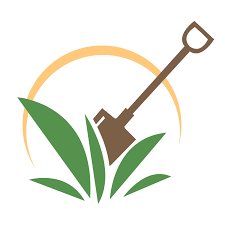
Gardening is one of the healthiest hobbies you can have. According to oodles of research done by the University of Michigan, not only do you get a dose of vitamin D from the sunshine, a good workout (hello triceps!), and protection from certain cancers, but you also get to enjoy flowers, herbs, and produce grown with your own two hands. The only trick is, well, getting stuff to grow. But gardening doesn’t have to be rocket science, says Melinda Myers, master gardener, author, and host of The Great Courses: How to Grow Anything DVD series.
Worried you have a “black thumb”? Don’t be: “Just relax and have fun! A green thumb gardener is simply someone who has grown a lot of plants, killed quite a few along the way, but doesn’t mentioned those failures as they keep gardening,” Myers says. “I find I have learned more from what doesn’t work than when things go as planned.” With a few simple tips, you can reap all the health benefits-along with tasty veggies all season long.
Find Out What You Can Grow
Corbis Images
Planning is essential to growing a garden, even if you’re just starting with a few pots of herbs, Myers says. Start by finding out your climate, soil type, average rainfall, and sunlight exposure, as this will determine what kinds of plants you can grow and what supplies you’ll need. Don’t worry, it’s not as complicated as it sounds. Just check out the regional reports from the National Gardening Association for information specific to your area.
Your findings will come in handy when you choose your greens. A plant with “cold hardiness” is able to withstand the average minimum winter temperatures in your area (a full list can be found at the USDA Cold Hardiness Map), while “heat hardiness” notes a plant’s ability to withstand the average number of days with temperatures over 86 degrees in your area (for a full list, see the American Horticultural Society’s Plant Heat Zone Map). Myers also offers a plant guide on her site to make the process easier.
.


Pick Your Plants
Corbis Images
Now comes the fun part: deciding what you’d like to grow! Are you looking to beautify your space with lush flowers, or supplement your grocery budget with homegrown fruits and vegetables? Myers recommends two plants for beginners. “Lettuce is quick and easy. You start with seeds in a container or in the garden, and you can start harvesting the outer leaves it in just over a month (the plants will keep producing). Look for heat tolerant varieties if you’ll be growing and harvesting in the summer,” she says. And “tomatoes are a plant that provides big payback. The flavor of a homegrown tomato can’t be matched-plus, you harvest lots of tomatoes from one plant. All the plant really needs is a sunny spot.”
Once you choose what to grow, check seed catalogs, online sources, or visit a garden center to pick out your seeds or plants. “Make sure you read plant descriptions or plant tags to see if the plant will fit the available space and thrive in the light, soil, and other growing conditions in your landscape,” Myers says.
.


.
Gear Up
Corbis Images
The one thing every gardener can’t do without is a good shovel, says Myers. Spring for a quality full-size shovel if you’re digging into the ground, plus a hand trowel for smaller work or gardening in containers. That’s really all you need to get started, but to make your time in the dirt more pleasant, she also recommends a bypass (two sharp blades that cut like scissors) for deadheading, light pruning, and harvesting; a Hori Hori Knife garden knife for digging weeds and dividing plants; and a good pair of gloves to protect your hands and provide support so you can work in the garden for longer periods of time (Her favorite pair is Gold Leaf Soft Touch, $43; goldleaf-gloves.com).
.


.
Pick the Right Spot
Corbis Images
Plants are only as good as the ground they grow in, so choose the best spot available. Ideally, you want something that gets full sun part of the day, has quality soil, and good access to water.
But since you probably don’t live in the Garden of Eden, just make the best of what you have. Containers or pots are a great option for people with limited space, like apartment dwellers, or areas with poor soil. “Raised beds and containers elevate the garden, making the process easier and allowing you to bring your garden to the backdoor, close to the kitchen for harvesting and cooking,” she says. She adds that if this is your first time, it’s better to start small with a few pots or a patch of dirt then to go all-out only to give up in the heat of the summer. (Growing indoor plants is one of our easy 30 Ways to Feel Like Spring Has Sprung.)
.


.
Pump Up Your Dirt
Corbis Images
“Most of us do not have ideal soil, but you can fix that,” Myers says. A soil test (which comes as a simple DIY kit from your local garden center) can help you decide what type of soil you have-something Myers recommends for all first-time gardeners. If your soil has a lot of clay (which makes it slow-draining) or if it has a lot of rocks or sand (making it fast-draining), she advises adding compost, peat moss, or other organic matter to optimize drainage. “Several inches worked into the top eight to 12 inches of soil will get the garden off to a good start.” And if you’re planting in containers, just be sure to buy a quality planting mix specifically labeled for raised beds or pots.
If you can’t test the soil, she says the next best thing to do is take a walk around your neighborhood and make a note of what plants you do (and don’t!) see.
.


.
Fertilize
Corbis Images
Just like your nutrition can benefit from a vitamin boost, so can plants. “Adding a low-nitrogen, slow-release fertilizer, like Milorganite, at planting will provide needed nutrient for most (if not all) of the seasons,” Myers says. You can do a mid-season boost for even stronger, bigger plants if you like. And no worries about messing this up! Myers says this type of fertilizer is “goof-proof,” and you can’t harm the plants by adding too much or too little.
.


.
Get Dirty
Corbis Images
Now that you have your plants or seeds, it’s time to get them in the dirt. Read each plant’s tag to know when to plant (most will give you an ideal month), how deep to plant it, and how far apart they need to be. “Arrange the plants in the containers so taller ones do not mask the view (and therefore light) of shorter neighbors,” Myers adds. Stick those tags in the dirt next to each type of plant to remind you how often they should be watered and how much sun they need. (Plus, you’ll know what is what when all those little green shoots start appearing a few weeks!)
.


.
Weed, Weed, Weed
Corbis Images
All the hard stuff is done (yay!) but your work as a gardener isn’t over yet. In addition to daily watering, you need to protect your little sprouts by weeding out any sprouts you didn’t plant. Good plants can’t grow if they’re being choked out by bad weeds. Do a little every few days to keep the chore from becoming overwhelming, Myers suggests.
.


.
Harvest Happiness
Corbis Images
Once your plants are ready (again, check each tag), it’s time to pick them! Enjoy the colorful flowers, put the herbs in your dinner, and eat the produce. But you reap far more than veggies, according to Myers. “My number one favorite benefit has to be stress relief and mood elevation,” she says. “When life gets a bit crazy or I am overwhelmed with business or personal challenges, a few minutes-or, better yet, hours-in the garden can help me work through stress. I always come away with a clearer mind, a potential solution, or at least a better attitude for dealing with life’s challenges.”
In addition to the mental benefits, Myers adds that gardening has also taught her to love to cook and eat more healthfully as homegrown plants are so much more flavorful than store-bought varieties. So use your freshly grown plants to prep 20 Fresh Spring Recipes for Any Diet.

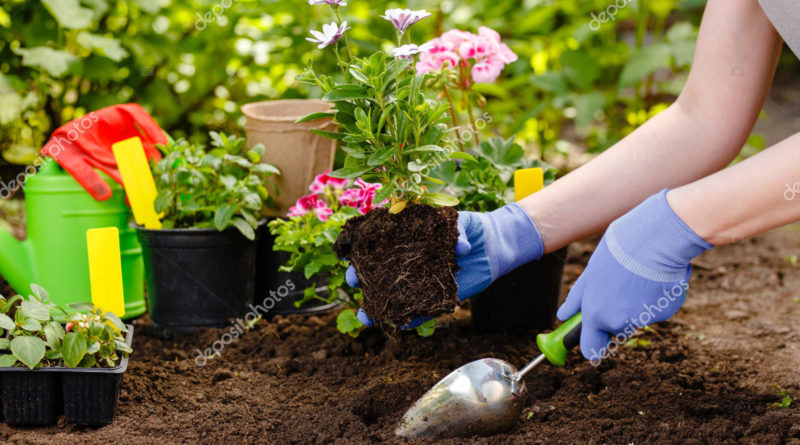
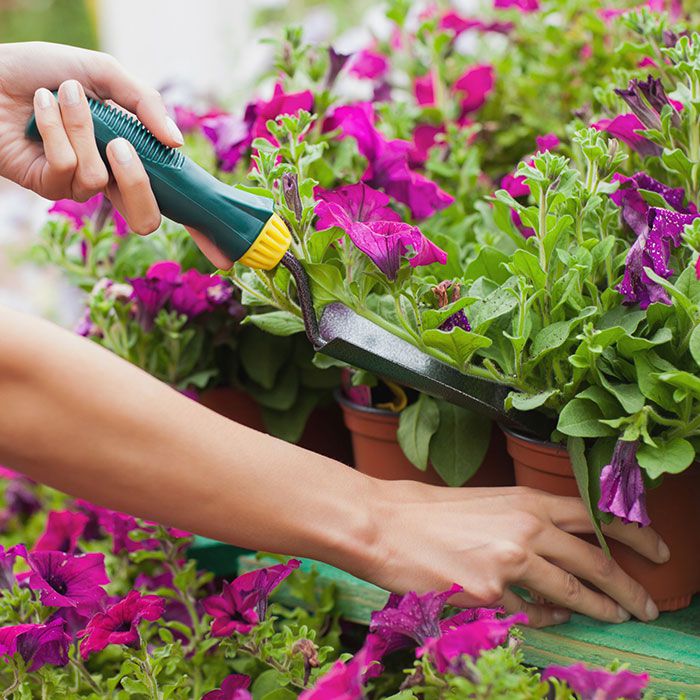
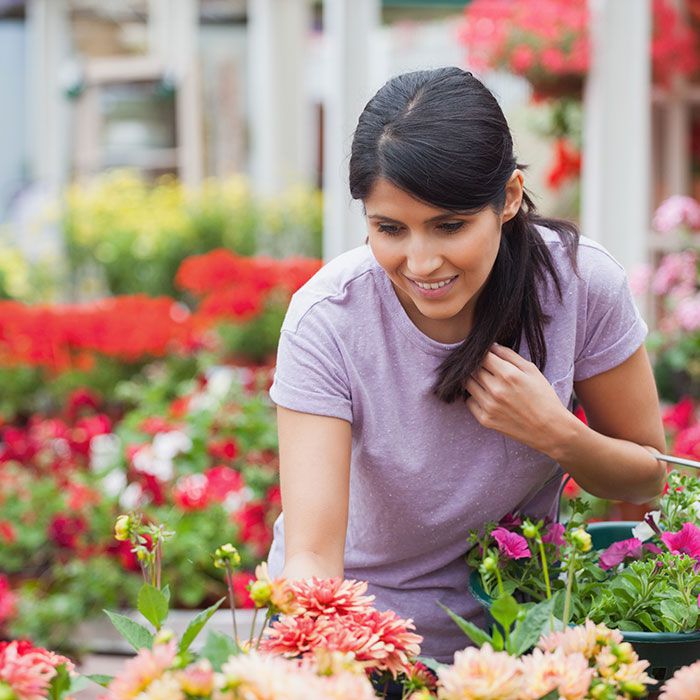
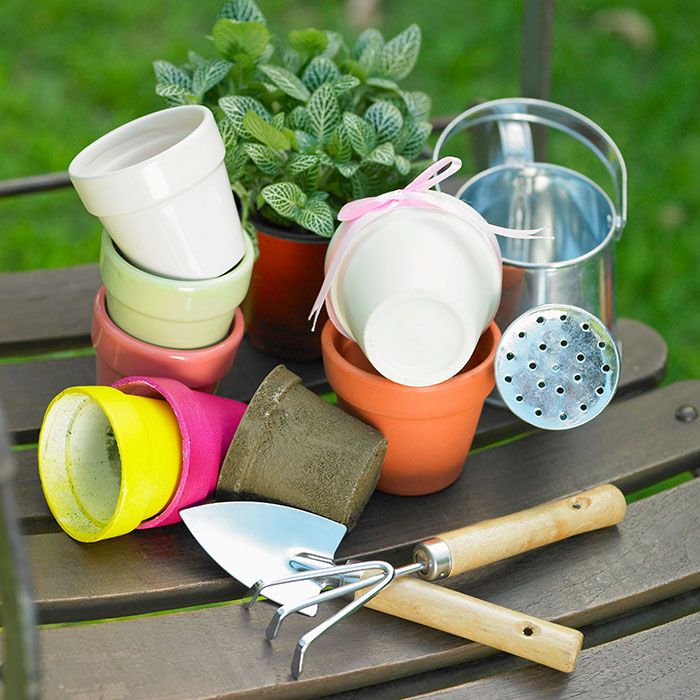
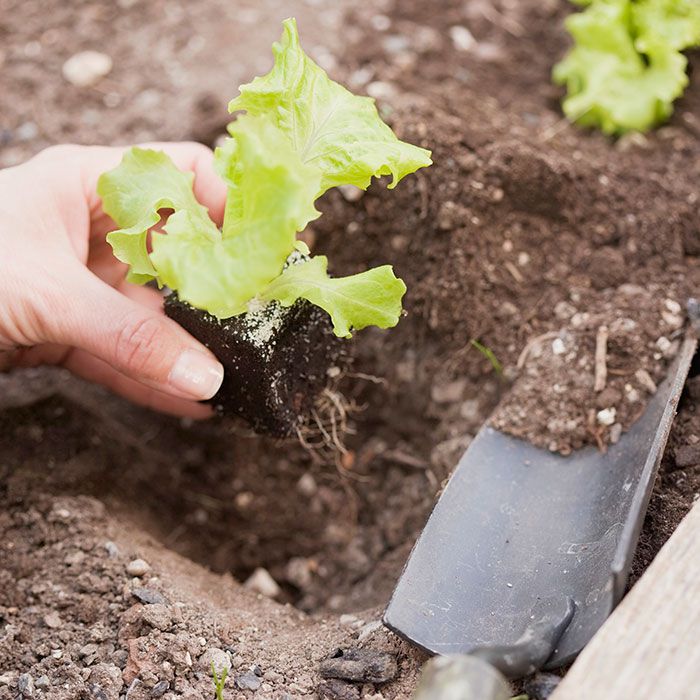


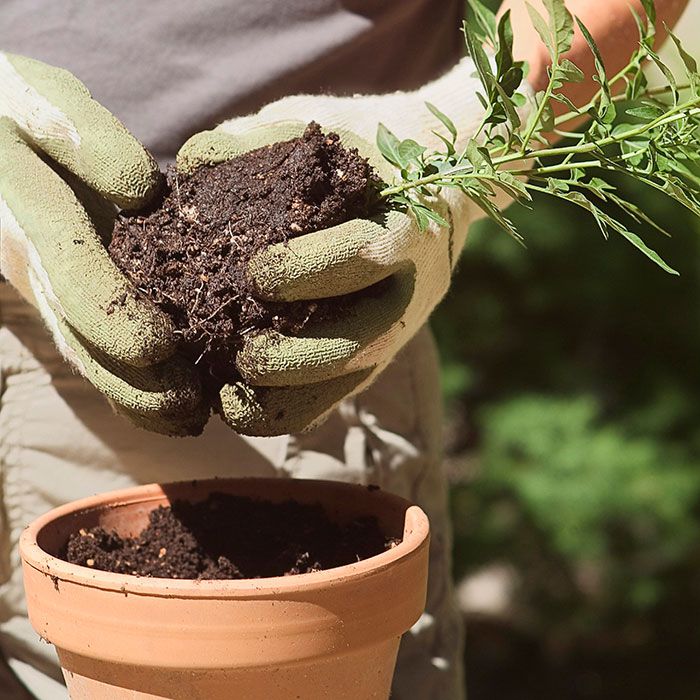
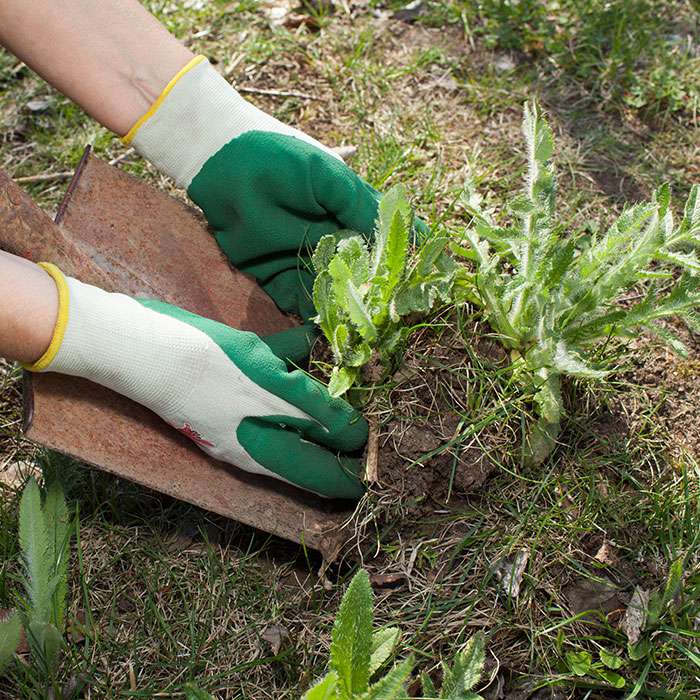
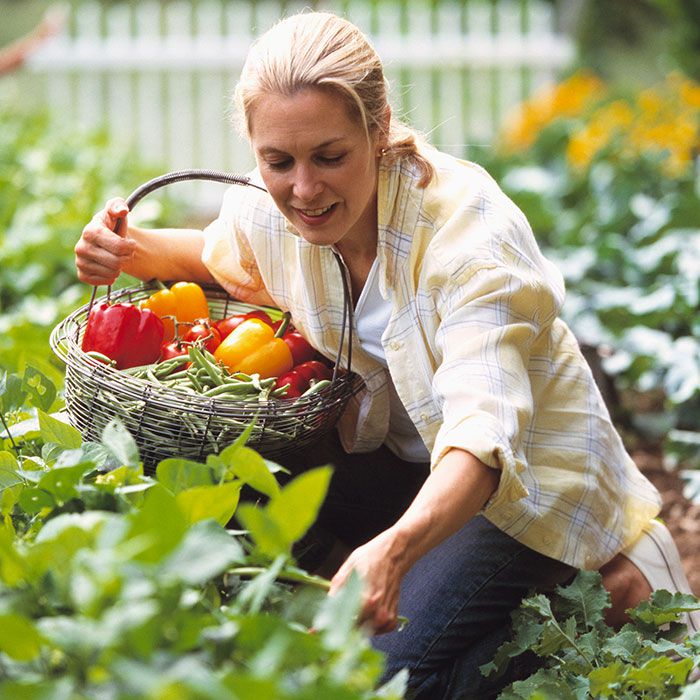


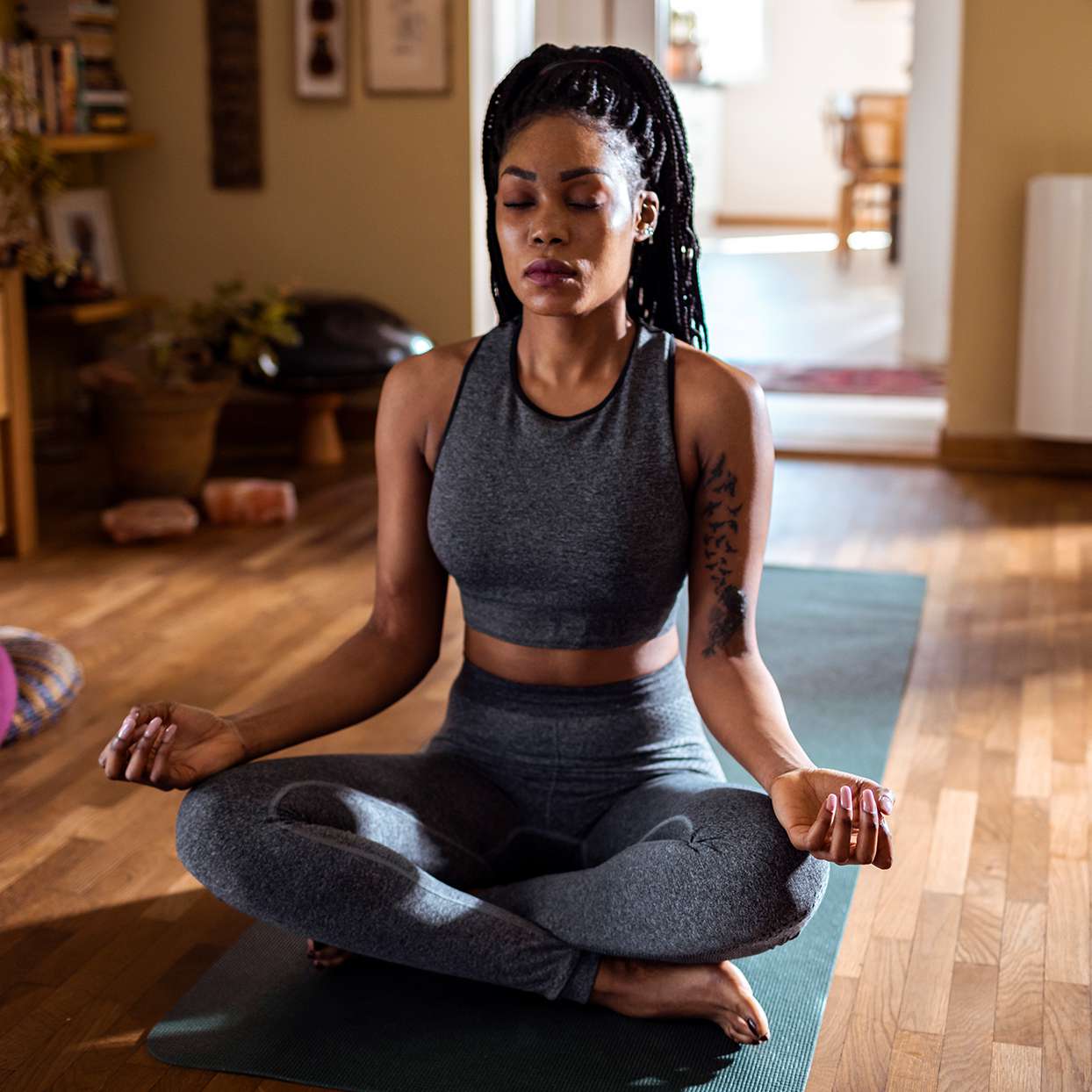










SIGN UP TO RECEIVE OUR EMAIL
.
The most important news of the day about the ASEAN Countries and the world in one email: [email protected]
7.26.2020